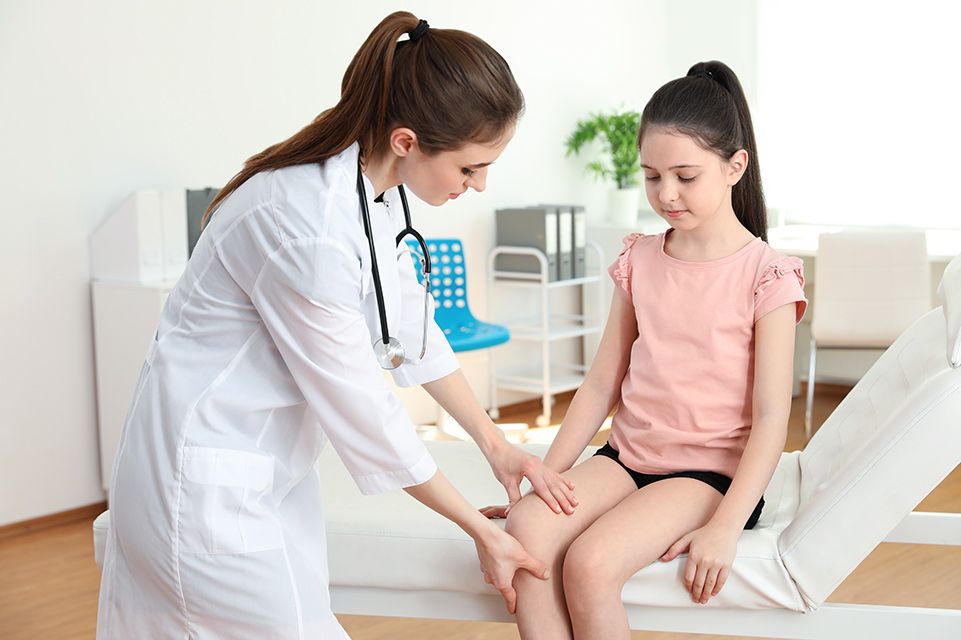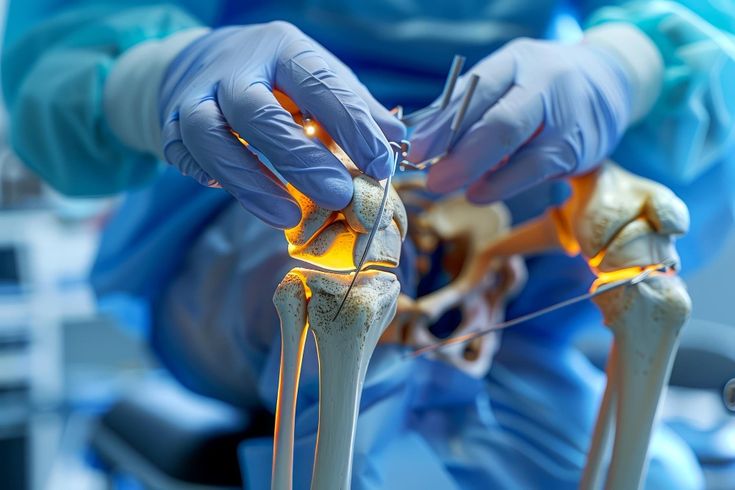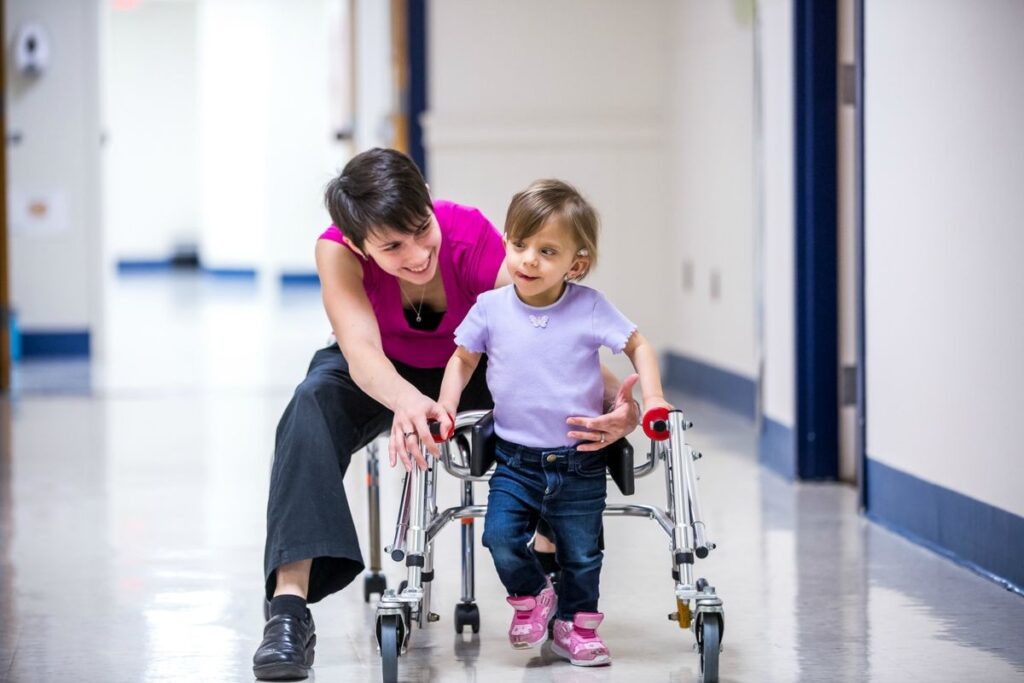When a kid fractures a bone, it may appear to be a smaller replica of an adult fracture — but in actuality, it’s a completely different medical condition. Kids’ bones are not only smaller; they are still developing, more resilient, and more structurally distinct, making their fractures more complicated to treat than they seem.
That’s why pediatric fractures need expert assessment and treatment from a Pediatric Orthopedic Surgeon, not a general orthopedic physician. Let’s discuss the differences in how and why pediatric fractures are different from adult ones and why timely child-appropriate treatment is necessary.
The Unique Nature of Growing Bones
Children’s bones contain more water, are softer and more pliable than adult bones, and are covered with a dense periosteum, much more active in children, which facilitates more rapid healing. Children’s bones also include growth plates (physes) — zones of growing cartilage at the ends of long bones where future growth will occur.
Fractures occurring adjacent to or through these growth plates should be handled with utmost caution, since mismanagement can result in complications such as growth arrest, limb length difference, or angular deformity.
Fracture Types in Children
Unique fracture types are more common in children because of their active nature and growing skeletons. A few common ones are:
- Greenstick Fractures: The bone curvatures and cracks, rather than breaking totally.
- Torus (Buckle) Fractures: A type of compression fracture in which the bone bulges.
- Growth Plate Fractures: A fracture involving the growth portion of the bone.
- Plastic Deformation: The bone curves, but does not break entirely.
These kinds of fractures do not happen in grown-ups and require special assessment, usually with detailed X-rays and growth-tracking follow-ups.
Risks of Improper or Delayed Treatment
When a fracture in a child is managed with adult protocols or is delayed due to improper diagnosis, the risks can be permanent. Some of the complications could be:
- Limb Deformities: Abnormal healing can result in curved or rotated bones.
- Growth Disruption: Damage to the growth plate can result in shortened or unequal limbs.
- Decreased Joint Mobility: Inadequate immobilization can impair the range of motion.
- Chronic Pain or Arthritis: Failing to properly set bones can lead to long-term joint stress.
That’s why fractures in children must always be assessed and treated by an expert who recognizes the developing anatomy of children.
Why Children Recover Quicker — But Still Require Accuracy
Kids’ bones heal faster than adults’, courtesy of the thick, active periosteum and superior metabolic rate. But quicker doesn’t always translate to safer. If a break heals improperly in a child, it can do so so rapidly that it becomes harder to correct later.
Prompt treatment by an orthopedic specialist in pediatrics guarantees that bones heal in proper shape and alignment, minimizing surgery or extensive rehabilitation.
Pediatric Orthopedic Surgeon’s role
A Pediatric Orthopedic Surgeon is specially trained to diagnose and treat children’s bone, joint, and growth-related conditions. Their special skills guarantee:
- Age-specific treatment methods
- Growth-conducive fracture fixation techniques
- A minimal effect on future mobility and growth
- A child-centered approach minimizing anxiety and ensuring quicker recovery
They also monitor growth after injury, making sure that any delayed complications (e.g., limb shortening or bowing) are caught early on.
Rehabilitation: Gentle yet Structured
Kids recover rapidly, but good rehabilitation after a fracture is nonetheless essential. Pediatrists take the child and parents through:
- Secure physical therapy exercises
- Back to school and activities reintegration plans
- Follow-up on bone growth after recovery
Not only healing — but full return to function without long-term restriction.
Conclusion
Kids’ fractures can appear like small injuries, but they’re far more complex. If they’re treated as adult fractures, they can result in lifelong issues like deformity of limbs, stiffness of joints, or growth disruptions. Pediatric fractures require specialized care by a pediatric specialist who understands growing bones.
That’s why it’s essential to consult an experienced pediatric orthopedic specialist like Dr. Rajeev Nirawane, who brings years of expertise in treating bone and joint conditions in children. Based in Hadapsar, Pune, Dr. Nirawane is renowned for his precise, growth-friendly approach to managing pediatric fractures, ensuring proper healing and minimizing long-term complications. Whether it’s a simple break or a complex growth plate injury, his specialized care helps young patients recover safely and return to their active lives.


